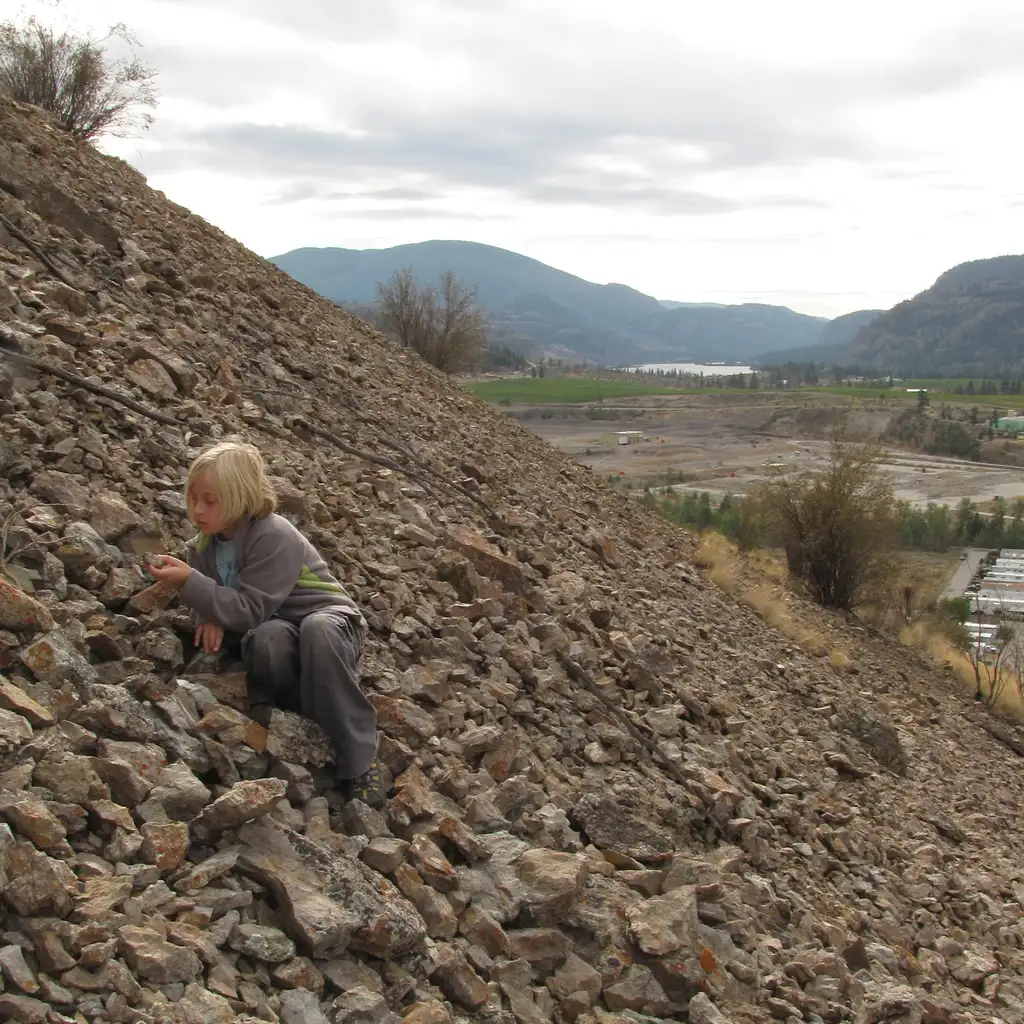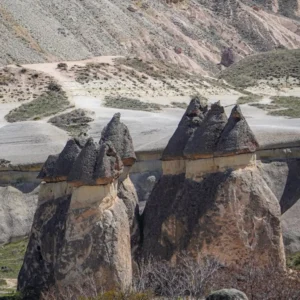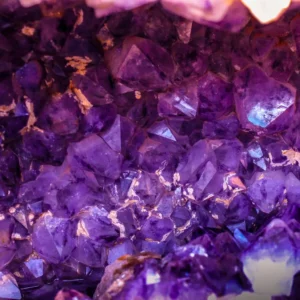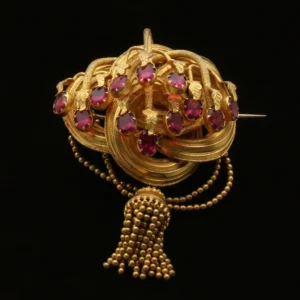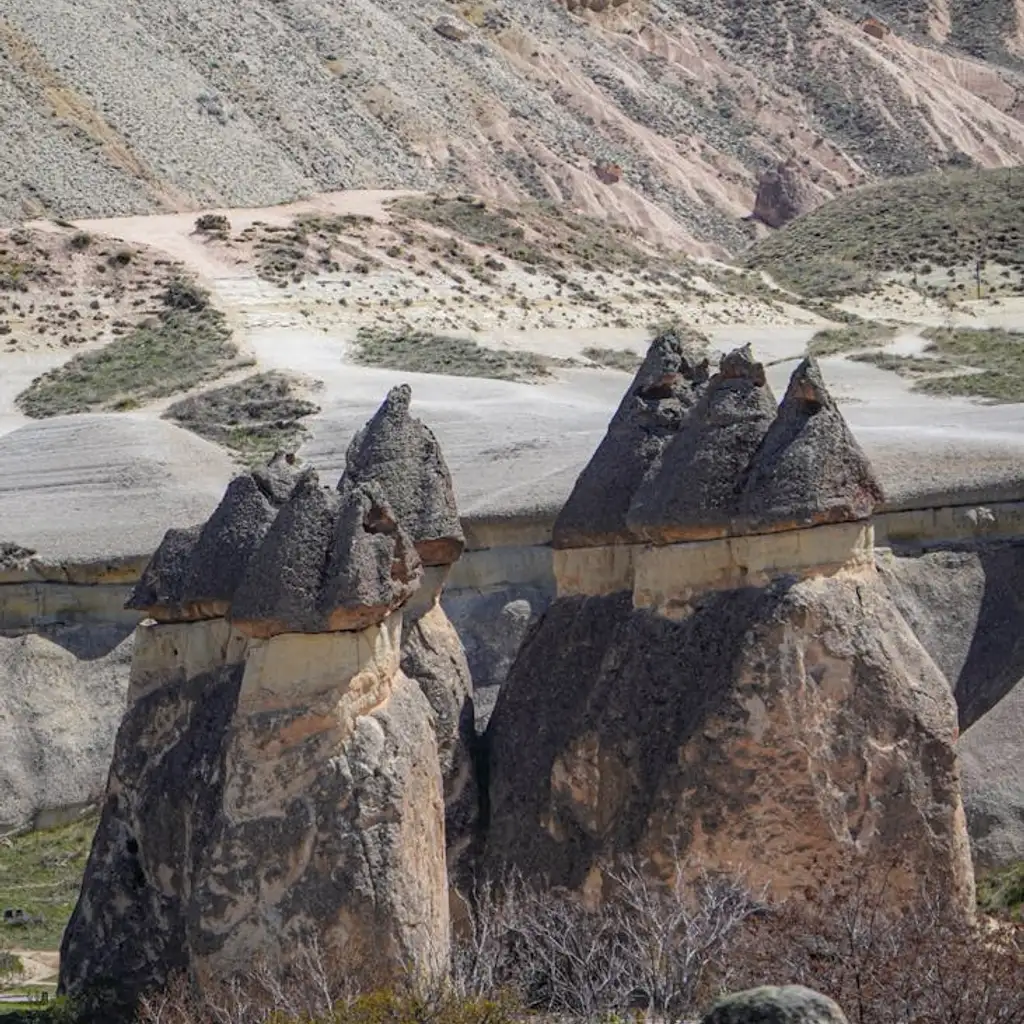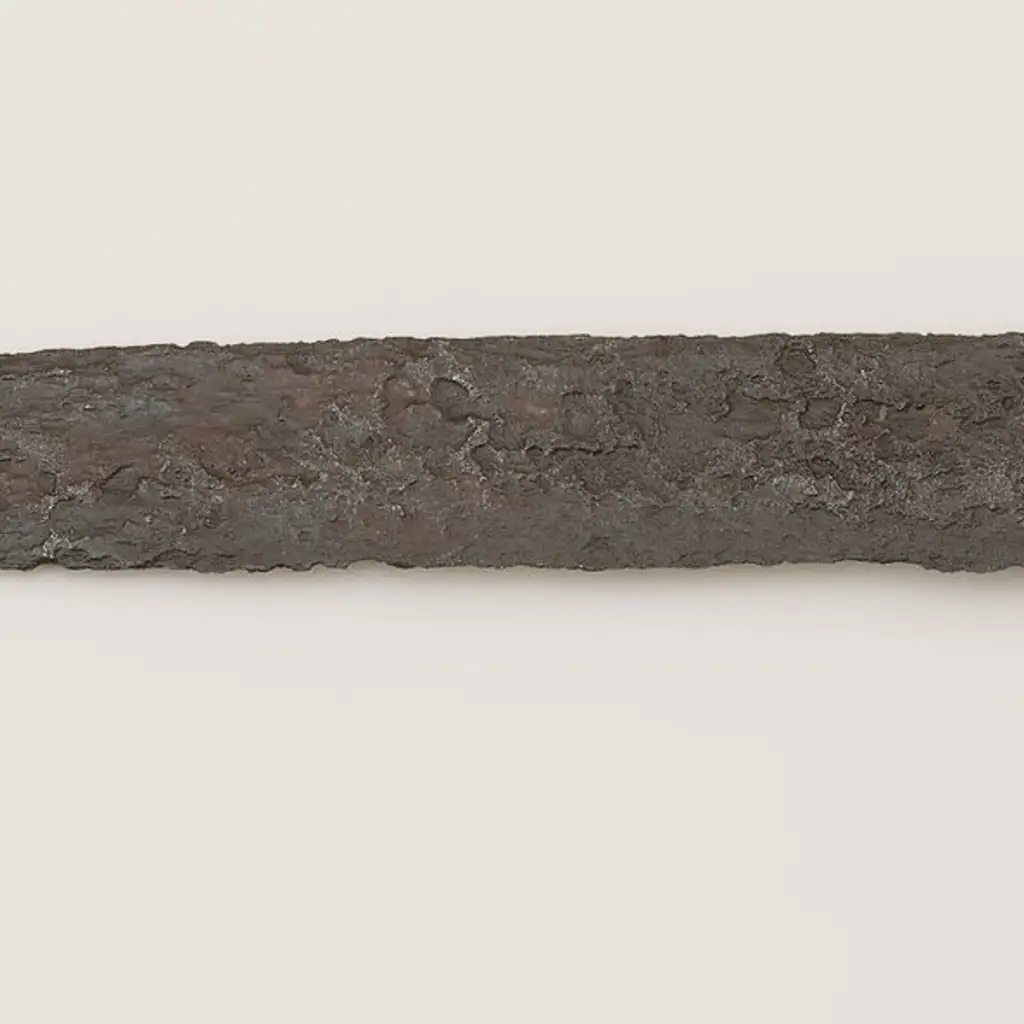The Ethical Side of Rockhounding
Before you begin, it’s important to learn the rules of ethical rockhounding. Respecting the land is key, whether you’re on public or private property. The National Park System, for example, strictly prohibits rock collecting in national and state parks. On private land, always seek permission from the property owner to avoid any legal issues.
Consider the environment, too. Avoid using blasting materials, and always fill in any holes you dig. Rockhounding, at its best, is a way to appreciate nature without leaving a negative impact, ensuring these beautiful places remain undisturbed for future explorers.
Building Your Rock Collection: Tips and Tricks
Once you’ve familiarized yourself with ethical practices, it’s time to start building your collection. A good starting point might be simply picking up interesting stones in your neighborhood or on local trails. However, if you’re serious about rockhounding, a few simple tips can help you build a collection that’s both impressive and organized.
- Label Your Finds: As Rachel M. Barker from the U.S. Geological Survey suggests in her guide, “Collecting Rocks,” a great collection begins with accurate labeling. Make note of where and when you found each specimen. Even if you don’t know the rock’s type right away, you can always research it later.
- Use Rock Identification Tools: Once you’ve collected a sample, rock identification apps or guides can help determine the type of mineral you’ve found. Online communities, such as Reddit’s rockhounding groups, are also valuable for identifying mysterious specimens.
- Connect with the Rockhounding Community: Engaging with other rockhounds, whether online or in local clubs, can broaden your knowledge and introduce you to new specimens from different regions. Swapping finds with fellow collectors is a fun way to expand your collection and discover minerals you may not find locally.
Getting Started
If you’re new to rockhounding, start small, explore your local area, and keep learning as you go. Armed with these guidelines and tips, you’re ready to embark on an exciting journey through the world of rocks and minerals—uncovering the stories each unique specimen has to tell. So grab your gear, head outdoors, and start building a collection that’s as intriguing as it is beautiful. Happy rockhounding!
